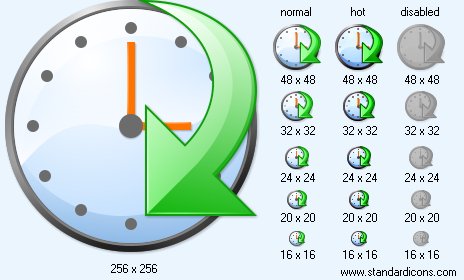


|
| ||||||||
|
|
Schedule Icon |
|
Icon sizes: 48x48, 32x32, 24x24, 20x20, 16x16, 256x256, 128x128, 64x64, 512x512
File formats: ICO, GIF, PNG, BMP
Web Design Layout
It's been shown in studies that people often find all that flash and bling to be irritating and distracting. Having six to 8 frames on a page only causes puzzlement if not done properly. Make it simple and try hard not to drive your web visitors insane.When it comes to website design, sticking with what is simple and straight-forward is mostly the best. While you may wish to Wow your readership with stunningly flashing, spinning graphics, resist the urge. It has been shown in studies that folks sometimes find all that flash and glitz to be annoying and distracting. Having 6 to eight frames on a page only causes bafflement if not done properly. Keep it simple and try hard not to drive your web visitors silly.
The most popular layout is the 3-column model, as it works very well. You may find that many good sites have this layout with classes running down the left and updates, advertising and the like running down the right. While this may seem to be a bit boring, readers like it as it is simple, straight-forward and easy to navigate.
Whitespace is another function of a good layout. Permitting for the reader to have space to rest their eyes is an advantage for most designs. White space is as important as the layout itself.
Graphics should be used to enhance the layout as elements that add to what's written on the page. It should be used as an extension of the text and should lend to further lucidity about the subject. Graphics shouldn't overtake what is being conveyed ; it should only help to make the content clear.
Using Fonts
There's a standard for fonts that have worked well since before the internet commenced. In print design, paperspapers and magazines, the fusion of Serif types for headlines and San-Serif type for text has always worked well.
This does not carry over to the web where Sans-serif fonts are the best choice because they are less difficult to read on the screen. Up until just recently monitor resolution has not been that high, and if you use serif type fonts for text, it would blur together making reading more difficult. If you're planning on offering a print-friendly page, you need to use print design fonts ( i.e. Serif for reports and Sans-serif for text ).
The second thing to keep in mind about using fonts is to limit the number of fonts you put on one page. Keep it simple - two, maybe three fonts at most. Good website design is simple to read. You may use some decorative type font, but it'll take away from the message you are trying to convey. Standard font families are best, and even with the new highres monitors, you should stick with Sans-serif fonts if possible.
In website design, the most popular fonts include Geneva, Arial, Verdana and Helvetica. They are easily read, Sans-serif and great for all web site designs.
Copyright © 2009-2022 Aha-Soft. All rights reserved.
|
